
The ultimate success of software depends on more than just the product’s concept. Custom software development companies might waste a lot of time and manpower developing a product that fails to meet consumer demand because of inadequate testing and design. A proof of concept demonstrates the viability of a software idea, describes how it would be implemented, and explains why it would be financially beneficial. In the coming blog, we’ll be discussing more about this and how you can create a successful Proof of Concept.
1. What is PoC in Software Development?
Proof of Concept, abbreviated PoC, is the statistical information collected from a preliminary pilot project that supports the practicality of a proposed initiative. PoCs have a broad variety of applications including validating a new business idea, assessing potential risks and checking if the project idea is technically feasible or not.
A proof-of-concept (PoC) illustrates the feasibility of a product concept, its intended operation, and the steps necessary to realize the product’s full potential.
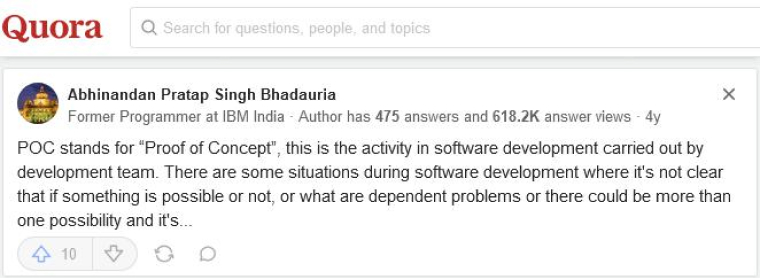
2. What is the Difference Between a PoC, a Prototype, and an MVP?
Proof of concept, prototype, and minimum viable product (MVP) may all seem the same at first. You’re right; they all go hand in hand, as they make up the foundational phases of the software development process. Any given software project consists of separate stages, which are iterative processes. Let’s analyze each one in more detail.
2.1 Proof of Concept
The proof-of-concept stage is crucial in every software development project. This plan will lay out your concept, as well as its constraints, risks, opportunities, and desired outcomes, in great depth. Proof-of-concept (PoC) projects are typically tiny and not quite ready for launch. The firm aims to ensure that it covers only necessary tasks and gives the green light to an idea.
You can try out various APIs that provide access to statistics on your target market, potential users and different industries. This allows you to discover a way to meet the target audience needs without breaking the bank while delivering the expected results.
After constructing a proof of concept test app and accompanying technical documentation, the next step in putting your idea into action is to create a prototype.
2.2 Prototype
The prototype is a fully functional representation of your product, in contrast to the PoC test app. To show what your software product is capable of and where you’re going, it’s built on a proof of concept and performs the project’s basic functionalities & fundamental features.
The proof-of-concept verifies the viability of integrating a certain technology into your project, while the prototype illustrates the final product in all its glory. To get valuable feedback on the aesthetics of your future app, you can also show a prototype to your target demographic.
A digital wireframe or a physical layout are both acceptable forms for the prototype. This implies that you can see your product and use its most basic features. This will be a very crude approximation of your initial idea.
When you’re satisfied with the prototype, development may go on to the next phase: making a minimal viable product (MVP).
2.3 Minimum Viable Product
Many people equate an MVP (minimum viable product) with a prototype. This is actually the third phase, following the proof of concept and the prototype. Creating a minimum viable product (MVP) entails writing software with only enough features to get your product out there.
The most important difference between a minimum viable product and a prototype is that the former requires the involvement of the full software development team while the latter only needs the attention of an engineer and a product designer. Developers create a “minimum viable product,” or MVP, to test the market demand for their software idea. Building a prototype allows you to show your product’s prospective users and investors.
MVP (Minimum Viable Product) is a maximum, long, and ridiculous way to say “1.0”. There should be no gap between minimum viable and what you ship to customers. It’s the same thing. Version 1 is tight, focused, and all it needs to be.
— Jason Fried (@jasonfried) April 2, 2021
For what reasons should an MVP be created? Let’s suppose you’ve previously evaluated the technical feasibility of your proposal and seen proof of concept. Some people believe that this is all that is needed to release an asset of software, but this is not the case at all. However, this can be a disastrous oversight.
Getting your product in front of the right people and soliciting their opinions is step one. If this is the case, you need to test the waters with a minimum viable product (MVP) to see if consumers are interested in your software solution or app and if it’s worth spending more time and money developing it.
If your minimum viable product (MVP) is well received, you may move forward with creating the full software product.
3. The Benefits of Proof of Concept in Software Development
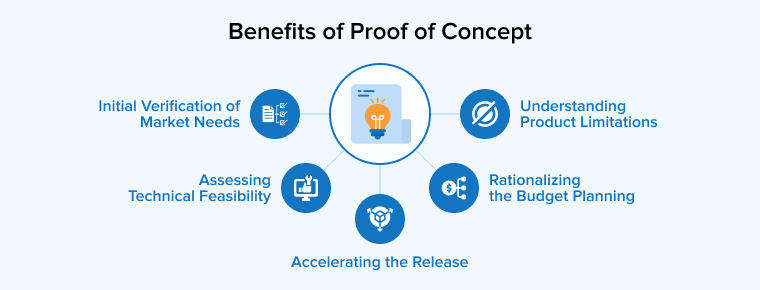
The software development community is full of bright minds with many ideas, but only a few of them will ever be realized. You need a Proof of Concept (PoC) software development method to sidestep such engagement. But why is it so important to have a proof of concept?
Common software products include company websites, but there’s also software that’s considerably more involved. A proof of concept is essential for innovative and difficult initiatives like these in order to settle on appropriate technologies and schedules.
Is there anything more the Proof of Concept can do for your business? Let’s go into further detail about them.
3.1 Initial Verification of Market Needs
The first step in creating a Proof of Concept is to identify the problems and obstacles that you want your application to solve. This activity’s objective is to guarantee that the final product is grounded in reality and useful to consumers. If you’re on the correct track, you’ll find out during the testing phase of this iterative procedure. By adopting an iterative method, you may adjust the development cycle to get on the proper route.
3.2 Assessing Technical Feasibility
Creating a proof of concept (PoC) isn’t done for the sake of proving that your idea can make money. If you want to know if your idea is technically possible, the proof of concept is a must. As a consequence, the team working on your project may choose the best path forward in terms of technology.
3.3 Rationalizing the Budget Planning
For new software companies, protecting their assets is a top priority.
It is essential to get the most out of investors’ money while introducing a new product. As a result, proof-of-concept (POC) should be incorporated into the business strategy so that entrepreneurs may avoid pouring money into ideas that won’t be accepted by the market. Businesses may learn about their budget needs and spending habits with the help of a proof of concept. They won’t have to live through the nightmare scenario in which they waste all their funding on a product that the market rejects.
The expectations of the intended audience can be met after the proof of concept is established. It’s also a great way to drum up interest from potential investors and solidify your financial backing.
3.4 Accelerating the Release
Developing a proof of concept is the first step in developing a new solution. You may use this method to try out your proposed process and fine-tune it as needed. The appropriate decision at the beginning can help you learn about potential pitfalls and make plans to lessen their impact later on in the process.
3.5 Understanding Product Limitations
Part of building a proof of concept is figuring out what kinds of barriers and threats your product may face. The benefits, drawbacks, and potential of a software product idea can be better understood by its owners when a proof of concept has been developed. It will aid you in working out the wrinkles in the future evolution of your solution. They will learn about their alternatives and be able to make informed decisions about the future of their software development project as they progress through the procedure.
4. How to Create a Successful Proof of Concept
Due to the lack of guidelines and structure, each PoC might seem very different from the others. A Proof of Concept (PoC) might take the form of an iteratively revised paper, appearance, or demo as the project evolves and new information is gathered.
The following are some of the first actions you should do while developing software:
Step 1: Define the Need
In this stage, you’ll need to show not just that there is an issue that needs solving, but also how that problem will be solved. But it is not enough to only discuss them; you must also show the feasibility of your plan. Specify the problem your target audience has and gather data to back it up. Find any repeating elements, and use that knowledge to help you specify the features your program must have.
Step 2: Define the Solutions
Solution ideas for the issues and difficulties should be discussed and brainstormed with the development team. There are probably a variety of answers to these problems that teams can use during any stage of the product development lifecycle. Make a strategy that works within your available resources, including time and money. Consider the pros and cons of the available options, and how they may be enhanced.
It’s possible to be startled by what you hear or don’t hear during this time of brainstorming. You may now put some of your assumptions to rest. A technical expert should be brought into this conversation so that they can determine what is and is not feasible.
Step 3: Create a Prototype
The term “prototype” refers to an early version of a product. It’s a prototype that may be used to test whether or not changes to the design improve efficiency, cut down on waste, or eliminate flaws.
Software prototyping is the process of developing working models of future software products before they are fully developed. However, not all prototypes are created equal; the phrase can refer to both small-scale models and full-size mockups (which resemble real-world things). Prototyping is used for evaluating the feasibility and validity of concepts.
Step 4: Test the Prototype and Gather User Feedback
One reason for developing a prototype during any software development process is to receive input from the intended users. While the preceding steps would have been completed mostly internally, this phase entails showcasing the product to potential consumers and stakeholders in order to gauge its commercial viability.
The approach will reveal the tool’s genuine benefits and show how straightforward it is. During testing, you could also notice flaws you hadn’t seen before. Make use of this insightful criticism to fine-tune the instrument. It’s fine to scrap your code and start over until you have software that actually works.
Step 5: Create a Roadmap
An organization’s, item’s, or undertaking’s “roadmap” details its future plans. It’s like a blueprint for the future, outlining not just where you want to go but also what you want to accomplish.
Product roadmaps are common in the software industry, but they may be useful for businesses in other fields, such as those that sell consumer goods or provide services.
5. What Makes up an Excellent Roadmap?
An excellent roadmap clearly defines goals, milestones, timelines, responsibilities, and measurable success criteria to guide consistent progress.
- What you want to accomplish; this might be the company’s mission statement, vision statement, or set of goals.
- The present situation might shed light on your progress thus far and reveal any discrepancies between your current location and your desired destination.
- Events like product launches and constructive criticism from customers are examples of milestones.
- Focus on resources; budgets, deadlines, and teams are all examples of resources.
6. Conclusion
A software project’s viability can be determined through a proof of concept, which is a software developer’s equivalent of a financial feasibility study. Successful PoCs need just modest up-front investments but can save teams from major headaches down the road.
A successful Proof of Concept (PoC) should help the development process with the assessment of the project’s overall potential, refine budget estimates, verify market demands, and define the performance constraints of the proposed software. Any company may create a PoC that achieves these aims by following the approach we’ve explained in this post.


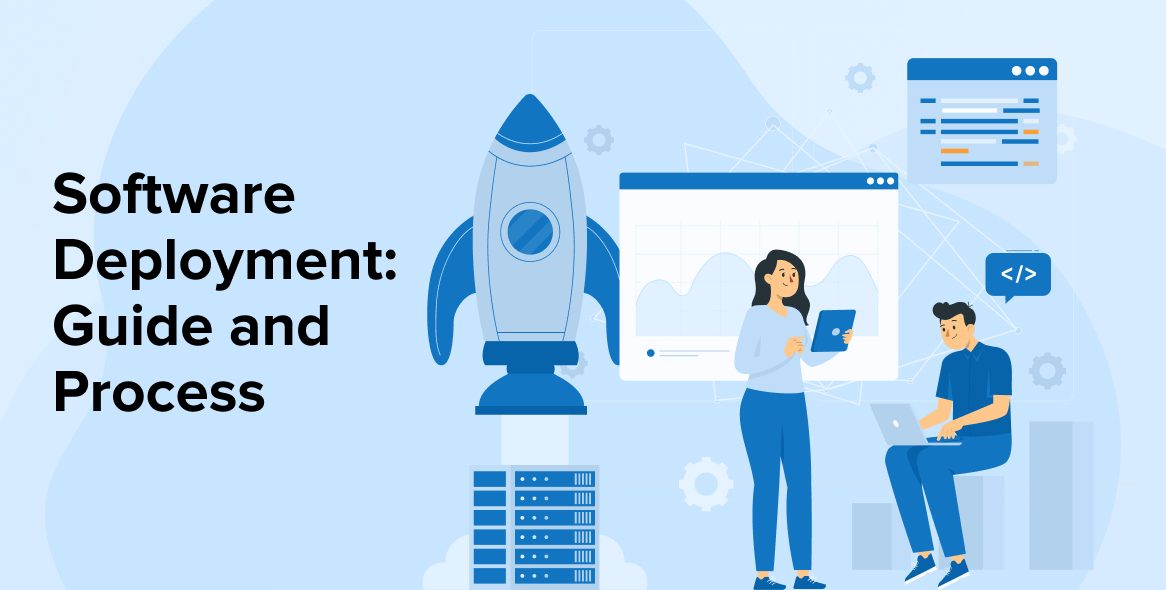
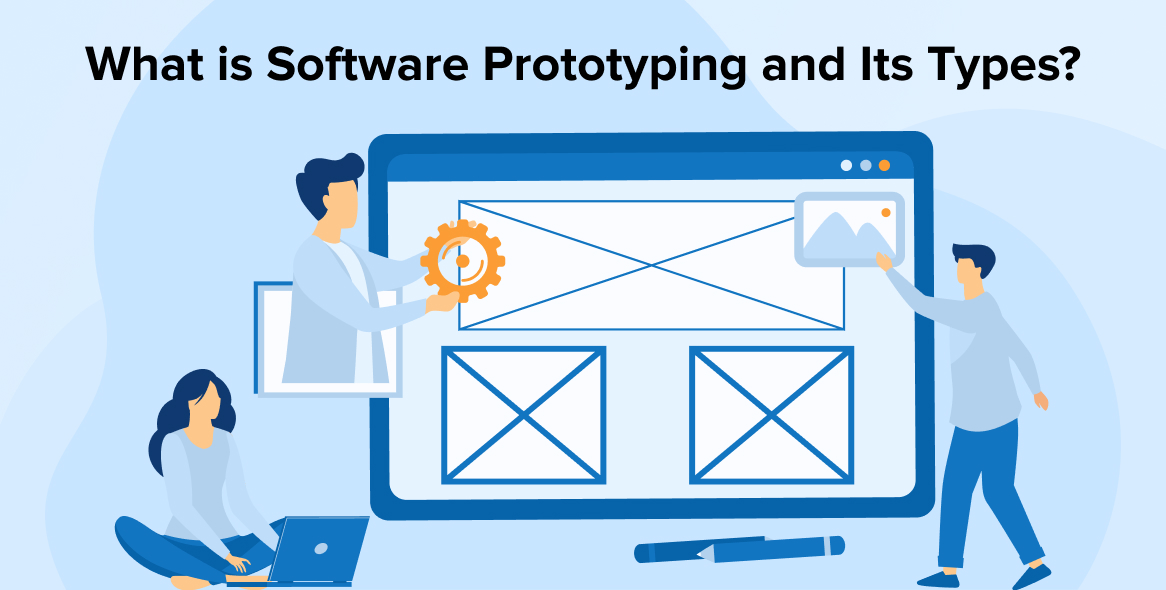
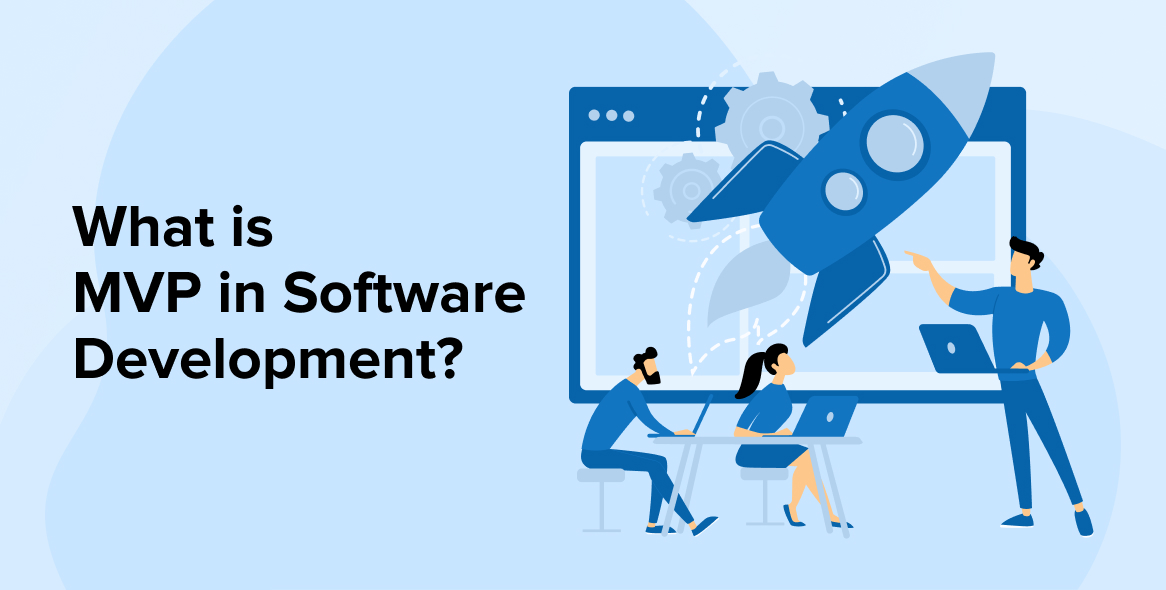

Comments
Leave a message...